I had the chance to hang out with some OG healthcare IT friends this weekend, many of whom have been in the industry for more than 30 years. It was a chance to talk about where we started, how things have gone along the way, and the work that is yet to be done. There was a lot of conversation around the idea of disruption and whether it has worked to make patients healthier.
My first run with disruption was after completing residency. A large health system decided to try to shake it up by placing a number of startup primary care practices in an underserved area. There were plenty of primary care physicians in the city, they just weren’t sorted out in a way that matched physician locations to community needs. Patients in certain areas would have to travel too far to access a family physician, so they simply didn’t. For many, their health was worsening, and they didn’t even know it because many of the downstream effects of chronic conditions don’t become apparent for years.
The hospital that sponsored my practice was committed to building a primary care base and had plans to launch a dozen primary care physicians into the community over the following five to six years. They built attractive offices that were easy to access, often in strip malls next to retail spaces and restaurants. I had asked about how they determined where to locate the practices and was told they were using the “Walgreens method.” Essentially, after doing all kinds of market research and traffic studies, they determined that the best locations ended up being right near where Walgreens was building new retail pharmacies. Both organizations’ research had ended with similar conclusions for the first few planned practices, so they decided to just follow the pharmacy giant’s lead.
The phrase “If you build it, they will come” definitely applied, and as each practice opened, we were busier than expected. When I began seeing patients, I was the only primary care physician within 20 miles who was accepting new Medicaid patients, and before I knew it, my patient panel was overflowing. Unfortunately, in that fee-for-service world, the low revenues that were paid by the state didn’t cover my overhead, and my practice was losing money due to some cost-shifting shenanigans where I was being charged with the construction costs of building the new practice. In contrast, the new physicians who had joined practices in more affluent parts of town with a better payer mix were quickly making more than their guaranteed salaries, leaving those of us in the underserved areas struggling to stay afloat.
Additionally, the organization failed to understand the additional support that was needed to care for patients who had been without a physician for an extended time. Many patients came in with serious complications that had to be managed, leading to specialist referrals and the ability to get patients connected with someone who would see new Medicaid patients. The family physicians were left holding the bag, trying to do the best care they could but without subspecialists to share the load.
Our practices were staffed according to the organization’s standard ratios that assumed a mature practice and a stable patient population. They didn’t account for brand new physicians straight out of training, brand new staff straight out of a nine-month medical assistant program, and in particular for my practice, the added work of being the only practice in the health system that was implementing an EHR.
Over the next five years, the reality was that seven of eight new physician startups in my part of town failed as their physicians left for greener pastures, but hey, we disrupted things! We brought thousands of new patients into the health system and put them on waitlists with subspecialists as far as 30 miles away, even though we didn’t have the ability to coordinate transportation. We asked young, idealistic physicians to do everything possible trying to care for these patients, sometimes putting their licenses on the line managing conditions that they weren’t trained to manage. We deployed an EHR and were able to instantly report on our inability to care for patients the way they deserved, and how our outcomes measures were continually below the targets that had been set by group leaders at practices that had more resources, more staff, and more money.
The health system then decided that further disruption was going to solve the problem, so they replaced the departed physicians with nurse practitioners. These new providers quickly figured out that running a primary care practice was hard work, especially when your supervising physician was physically in your practice only one day per week. Instead of lasting four or five years, the nurse practitioners fled even faster, with most finding better salaries and work-life balance at retail clinics within two years of their start. Within a decade, the community was back to the same number of primary care physicians, with any gains being offset by retirements.
The next disruption was building “convenient care” clinics where patients could receive immediate care and primary care services as a strategy to address rising emergency department volumes. They may have helped shift the patient load, but they did little to reduce care fragmentation. Patients ended up being seen by a different provider at each visit, where the focus was typically on one problem and not on the whole person. If we couldn’t pull off appropriate longitudinal management in a primary care setting, with board-certified physicians specifically trained in the specialty, I’m not sure why they thought they could do it in that setting. Ultimately the clinics were a bust because they couldn’t keep them staffed.
By now, we were firmly in the digital era, when organizations thought they could just throw more technology at a problem to solve it. No available appointments? Let’s roll out a billion-dollar EHR so that patients can use the patient portal to access their physicians! I seriously wonder why it didn’t occur to leadership that spending that amount of money on a technology project when frontline staff had taken a pay cut was going to be a hot button issue. Once that patient portal was live, it was as if it had never occurred to anyone that asking physicians to provide uncompensated care was going to be a dissatisfier. Physician burnout climbed.
A neighboring health system had figured out how to crack the code, building a huge primary care base though generous salaries, capable staffing, and integration with multidisciplinary care teams. They were doing digital outreach, so of course the other systems in town had to keep up with the Joneses, launching campaigns that seemed to succeed at clogging the brand new digital front door due to lack of capacity. But then COVID came, and with it a whole new set of challenges, and ultimately here we are with health outcomes that are only marginally better than they were 20 years ago despite tens of billions of dollars being spent.
What is the answer, people ask? I think there are a number of issues that need to be addressed and they start with understanding the concept of humanity. We need to treat our patients and their care teams like humans, each with their own dignity and potential. Let’s spend our money on things that matter. This isn’t something you can rebrand your way out of, and blowing money on efforts that just embitter the people working in the health system trenches every day. We need to select technology solutions that make sense and benefit caregivers and patients and not just the bottom line. Cheaper isn’t always better and a race to the bottom doesn’t help anyone. Let’s spend some money optimizing the solutions we already have rather than just going after the next shiny object. Let’s dip into those multi-billion-dollar endowments and fund things like school-based clinics, public health, and vaccines. Let’s celebrate primary care as a mechanism to save lives in the same way we celebrate cardiac and neurosurgeons.
We’re living in an era with tremendous potential, and we need people to elevate the dialogue instead of just pointing fingers. Who’s with me? Leave a comment or email me.

Email Dr. Jayne.













































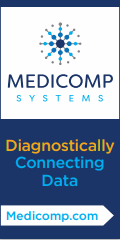








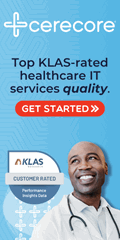

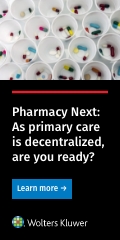



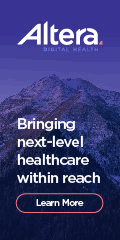
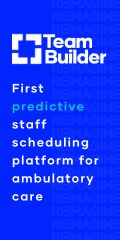








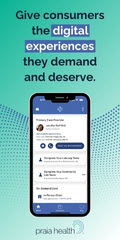


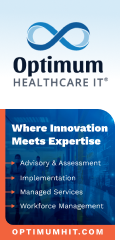
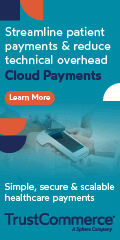


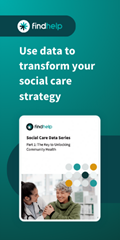



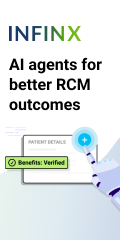



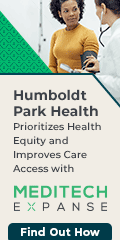

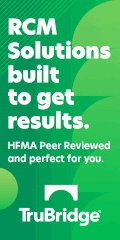

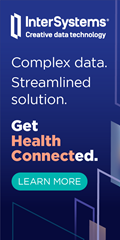





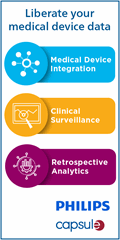
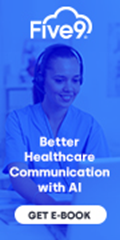
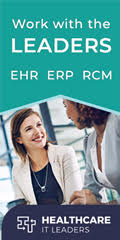





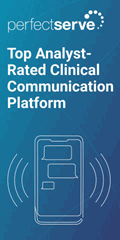














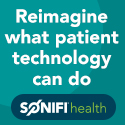

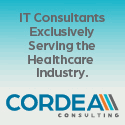
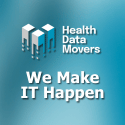

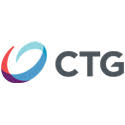
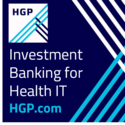
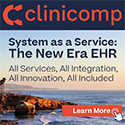
It took a while to plough through 4 hours of Acquired podcast. I have been a fan of their work…